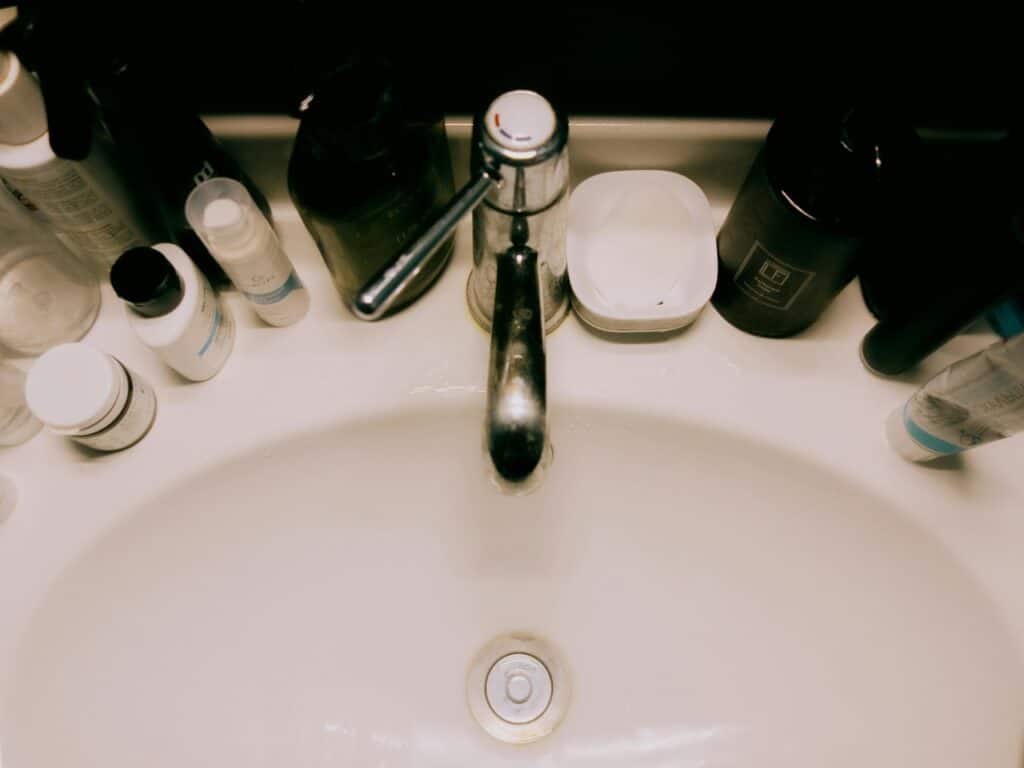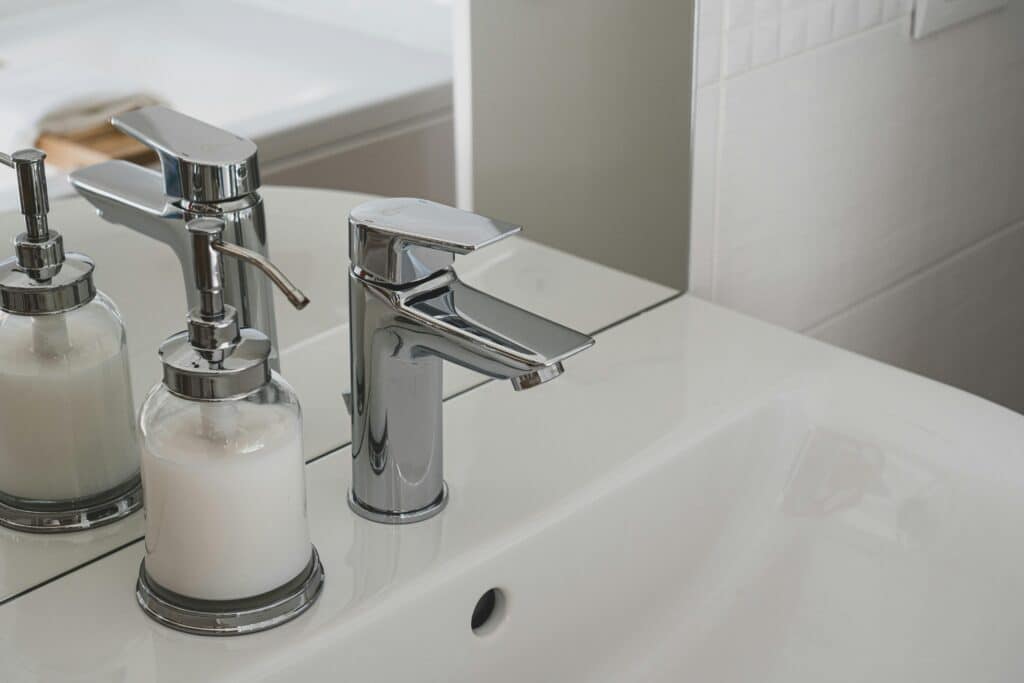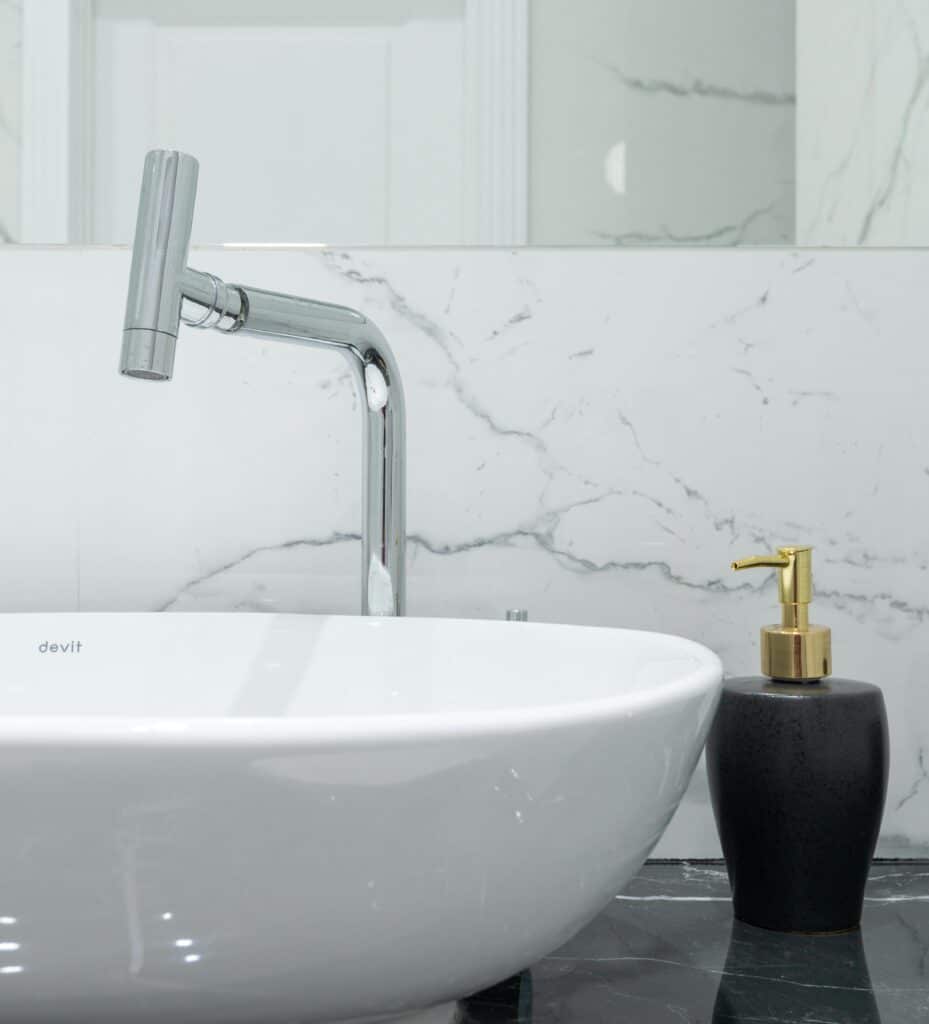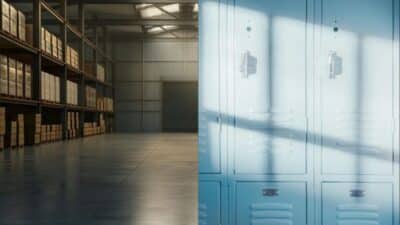Have you ever opened your water bill and wondered how it got so high? You don’t remember running the sprinkler too much or taking long showers, but somehow the numbers don’t lie. Many homeowners don’t realize that the biggest water waste in their homes often comes from small, hidden leaks. These may seem harmless, but over time, they can add up to hundreds of gallons lost—and a lot of money down the drain.

In this blog, we will share simple and effective ways to stop misusing water and lower your monthly bills.
Start With a Water Audit
Before you can fix a problem, you need to find it. A home water audit helps you figure out where and how you’re using water. You don’t need to hire a professional right away. Start by looking at your water meter. Turn off the water inside and outside the house, then see if the meter is still moving. If it is, you likely have a leak.
Next, take a closer look at common problem areas. Check faucets, showerheads, toilets, and outdoor spigots. Look for drips or puddles. Some leaks can be hard to spot, like a silent toilet leak. Try putting food coloring in the toilet tank and wait 10 minutes. If the color appears in the bowl, you’ve got a leak. Finding these small problems is the first step to solving them.
Fix the Drips That Add Up
A slow drip from a faucet may not seem like a big deal, but it wastes more water than you think. Just one faucet that is leaking every second can waste over three-thousand gallons a year. That’s money going down the drain and clean water being lost. Toilets can be even worse. A leaking toilet can waste up to 200 gallons of water a day. That’s more than most people use in their entire home in one day.
Many people don’t realize they’re wasting water until they see a higher-than-usual bill. Fixing these leaks is usually simple. You can replace a worn washer or a faulty flapper for just a few dollars. These repairs don’t take long and can save you a lot over time. If you’re unsure how to fix a leak, watch a tutorial or ask a local plumber. The sooner you fix it, the more water and money you’ll save.
Install Water-Saving Fixtures
Newer faucets, toilets, and showerheads are designed to use less water without affecting performance. Replacing old fixtures is one of the most effective ways to reduce water use at home. For example, a standard toilet uses about 3.5 gallons per flush, while a high-efficiency model uses 1.28 gallons or less. That’s a big difference, especially for larger households.
Showerheads labeled “WaterSense” use around 2 gallons per minute or less, compared to older ones that use 5 gallons or more. These small upgrades can make a big impact. Many of these products are affordable and easy to install yourself. You’ll not only lower your water bill, but you’ll also be helping the environment by using fewer resources.
Be Smart About Outdoor Water Use

Lawn care and gardening can use up a huge amount of water, especially in warmer months. But you don’t have to give up your green yard to save water. Start by watering in the early morning or late evening when it’s cooler. This helps prevent water from evaporating before it reaches your plants. Avoid watering on windy days, too, since wind can blow water away before it soaks in.
Consider switching to drip irrigation or soaker hoses instead of sprinklers. These systems deliver water directly to the roots, where it’s needed most. Also, group plants with similar watering needs together. Native plants are often a smart choice, as they require less water and care. With a few changes, your outdoor space can stay healthy without losing water.
Use Appliances the Right Way
Dishwashers and washing machines make life easier, but they can waste water if not used correctly. Always wait until you have a full load before running your dishwasher or washer. Running half-loads means using the same amount of water for fewer items, which adds up quickly. Modern appliances labeled “Energy Star” are more efficient and use less water and energy.
Check your washing machine’s settings. Many washers let you choose the water level based on the load size. If you have this option, make sure to use it. Avoid using the “extra rinse” setting unless it’s truly needed. For dishwashers, scrape off food instead of rinsing dishes before loading. Newer models are built to handle bits of food, so rinsing just wastes water.
Pay Attention to Your Water Habits
Sometimes, the biggest changes come from small shifts in daily routines. Turn off the tap when you are shaving or brushing your teeth. This small habit can help you save approximately eight gallons of water per day. The same goes for washing your hands—wet them, turn off the faucet while lathering, and turn it back on to rinse. These actions seem small but make a real difference over time.

When it comes to showers, try to keep them short. Even reducing your shower time by just two minutes can save up to 10 gallons each time. You don’t have to make major sacrifices to use water wisely. It’s about being aware of how you use it and making smarter choices every day. Over time, these changes can lead to big savings and less waste.In conclusion, water is one of our most valuable resources, yet it’s easy to overlook how much we use and lose every day. Small leaks, outdated habits, and old systems can lead to big costs—not just in money, but in wasted water and energy. By taking simple steps like fixing drips, installing efficient fixtures, and being mindful of how we use water, we can make a real difference. These changes don’t just lower bills—they help build a more sustainable future. Next time you hear a drip, don’t ignore it. It might just be the start of something bigger.
- 0shares
- Facebook0
- Pinterest0
- Twitter0
- Reddit0


